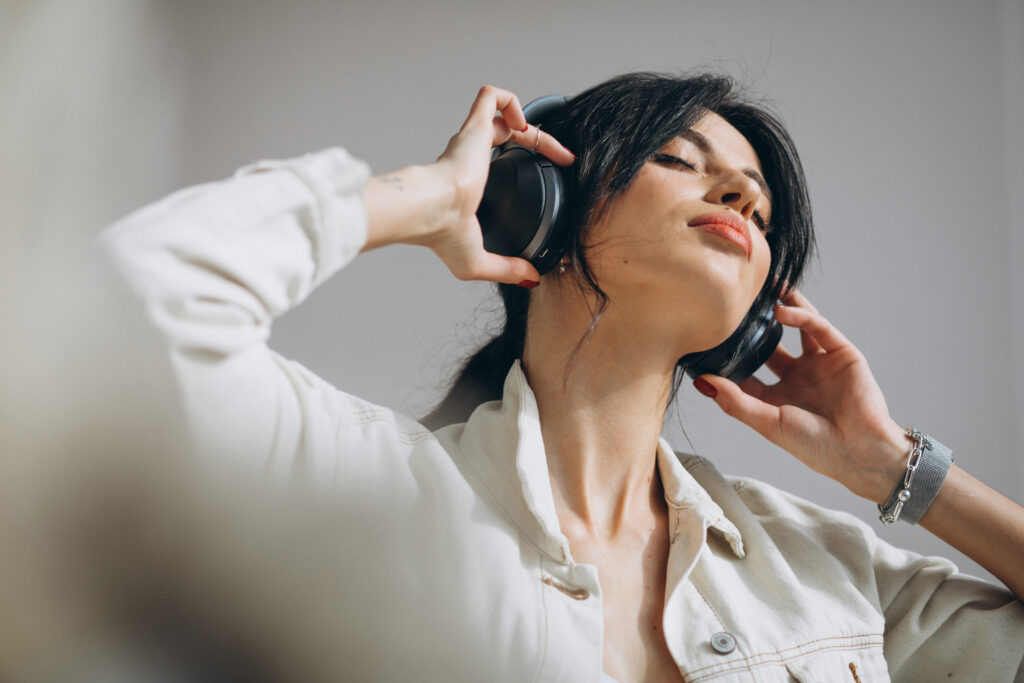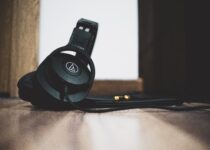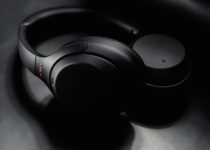How Bluetooth headphones work?
Have you ever wondered how Bluetooth headphones work? Or have you ever wondered how a pair of wireless headphones can connect to your phone without any wires? With the increasing popularity of wireless tech, Bluetooth has been dominating the audio market.

The technology, which was originally developed by Ericsson in 1994, is now a key component of many audio devices, including headphones.
In this article, We’ll explore the inner workings of bluetooth technology and what it is and how it works, so you can better understand how to use your Bluetooth headset more effectively.
So, if you’re curious to learn more about how these handy little gadgets work, keep reading in order to help you understand why Bluetooth headphones are so convenient and efficient.
Primer On How Headphones Work?
Headphones are one of the most common electronic devices used today. Though they come in many different shapes and sizes, all headphones share a common goal: to allow the user to hear audio without outside interference.
To achieve this, headphones must be able to reproduce sound accurately and block out unwanted noise.
But how do headphones work? Sounds curious!
Headphones convert electrical energy into sound waves that are then delivered to the ear. This process begins with a speaker, which produces sound by moving a diaphragm back and forth in response to an electrical signal.
The diaphragm is attached to a coil of wire (the voice coil), which is surrounded by a permanent magnet. When the current flowing through the voice coil changes direction, it interacts with the magnetic field and causes the coil—and attached diaphragm—to move. This movement produces sound waves, which are sent to your ears through small speakers called drivers.
Although different types of headphones use different methods to deliver audio to your ears. In-ear headphones, also known as earbuds, fit snugly inside your ear canal and use small drivers to deliver sound.
On-ear headphones rest on top of your outer ear and use larger drivers than earbuds; over-ear headphones (also known as full-size headphones) enclose your entire ear in soft cushions and utilize even larger drivers for rich, immersive sound.
Bluetooth wireless technology has revolutionized the headphone experience by freeing users from cumbersome cables.
What Is Bluetooth Technology?
Bluetooth is a short-range wireless technology that allows devices to connect to each other. It is most commonly used in devices such as headphones, mice, and keyboards. Bluetooth uses a radio frequency to communicate between devices and can be used over long distances.

This technology is a wireless communication protocol used for sending voice and data over short distances from one device to another.
Bluetooth technology uses radio waves to connect one device to another. This is done via radio frequency (RF). It works between two devices by using a master-slave relationship. A master device will transmit a signal to a slave device. The slave device then relays the signal to another device.
For example, if you have a Bluetooth-enabled speaker, you can use the speaker to send a signal to your phone. When you make calls, play music and other actions on your phone, your phone is acting as a slave device and sends signals to your speaker.
Bluetooth technology is very useful. It allows you to transfer data without wires. In the past, people used to have to carry cords to connect their devices. They would have to use USB adapters to connect to their computer.
The first version of Bluetooth was released in 1994. It was originally developed for use in connecting audio devices, such as mobile phones and personal computers.
Bluetooth technology uses a range of frequencies between 2.4 GHz and 2.485 GHz. Bluetooth technology can be used to transfer data to and from cell phones, computers, printers, cameras, and more.
Bluetooth technology is a standard for wireless communication that allows devices to connect without using cables. Bluetooth technology is similar to Wi-Fi (802.11), and both use the same basic principles of radio frequency communications.
Here if you don’t know how to increase bass in headphones.
How do bluetooth headphones work?
Bluetooth headphones are becoming increasingly popular, but how do they work? Bluetooth is a wireless technology that allows two devices to connect and share data. In the case of headphones, the two devices are the headphones and the audio source, such as a phone or music player.
The Bluetooth connection between the two devices uses radio waves to transmit data. The headphones and audio source each have a tiny computer chip that encodes and decodes the data. The encoded data is sent through the air via radio waves. The receiving device then decodes the data and plays it back through the speakers.
The advantage of Bluetooth over other wireless technologies is that it doesn’t require a lot of power, so it’s ideal for small devices like headphones. It’s also relatively secure and has a range of up to 30 feet (9 meters).
How Is Audio Transmitted Via Bluetooth Technology?
Audio is transmitted via Bluetooth using a process called subband coding. This process works by sending audio signals in the form of subbands, which are then decoded by the receiving device.
Subband coding allows for the transmission of high-quality audio without the need for large bandwidth.
Bluetooth uses a variety of codecs to encode audio signals, each of which has its own advantages and disadvantages. The most common codecs used for Bluetooth audio are SBC, AAC, and aptX.
–SBC is the default codec used by most Bluetooth devices. It is a lossy codec, which means that some information is lost during encoding and decoding. However, it provides good audio quality at low bitrates.
-AAC is a lossy codec that is used by Apple devices. It provides better sound quality than SBC but requires more processing power to decode.
–aptX is a lossless codec that offers CD-quality audio over Bluetooth. However, it is not compatible with all devices and requires special hardware to work properly.
Bluetooth headsets use a technology called Bluetooth Low Energy (BLE), which is a low-power version of the standard Bluetooth protocol.
BLE was designed specifically for devices that need to operate for long periods of time on small batteries.
Now take a look at how do Bluetooth headsets works?
How Do Bluetooth Headsets Work?
The way BLE works is that it creates a connection between two devices using very little power. Once the connection is established, the two devices can communicate with each other using very little energy.
This makes it ideal for devices like headsets, which need to be able to operate for long periods of time without using a lot of power.
To establish a connection, the two devices first need to find each other. They do this by “advertising” their presence to each other. Once they’ve found each other, they can connect and start exchanging data.
BLE connections are typically much shorter range than standard Bluetooth connections. This is because BLE was designed to be used with devices that are close to each other, like fitness trackers or heart rate monitors.
However, some newer Bluetooth chipsets include features that allow them to extend their range, so it’s possible that you’ll see BLE being used for more applications in the future.
Frequently Asked Questions
How far can Bluetooth reach?
Bluetooth can reach up to 33 feet.
What are the advantages of Bluetooth?
The advantage of Bluetooth is that you don’t have to worry about cables.
Do Bluetooth headphones need wifi?
No. Bluetooth headphones work just fine without wifi
What are the advantages of Bluetooth?
The advantage of Bluetooth is that you don’t have to worry about cables.
Conclusions
In conclusion, Bluetooth headphones are a great way to listen to your favorite music without the hassle of tangled wires. They use Bluetooth technology to connect wirelessly with other compatible devices and allow you to enjoy high-quality audio on the go.
With their portability, convenience, and affordability, Bluetooth headphones are an excellent choice for everyone who wants an easy-to-use listening experience.



